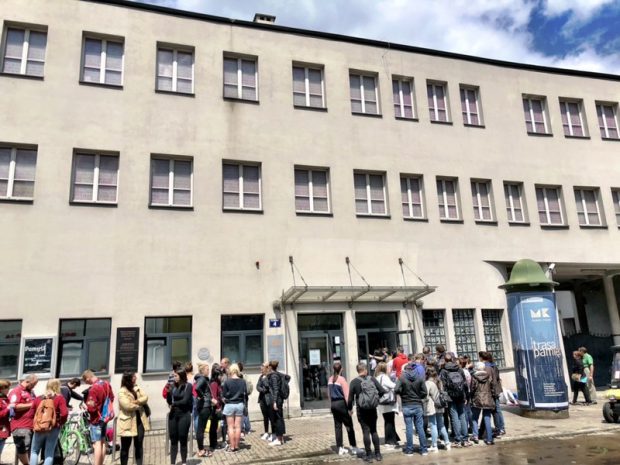

We provide a Systemic Risk Ratio and an implementation of concentration risk in CDS settlement for major US banks in terms of the loss of aggregate core capital. The May-Wigner stability condition for networks is considered for the hub like dominance of a few financial entities in the US CDS structures to understand the lack of robustness.
#Archive economic history of a factory town series
Quantitative analysis is confined to the empirical reconstruction of the US CDS network based on the FDIC Q4 2008 data in order to conduct a series of stress tests that investigate the consequences of the fact that top 5 US banks account for 92% of the US bank activity in the $34 tn global gross notional value of CDS for Q4 2008 (see, BIS and DTCC). This paper also includes a brief discussion of the complex system Agent-based Computational Economics (ACE) approach to financial network modeling for systemic risk assessment. The dominance of a few big players in the chains of insurance and reinsurance for CDS credit risk mitigation for banks’ assets has led to the idea of “too interconnected to fail” resulting, as in the case of AIG, of having to maintain the fiction of non-failure in order to avert a credit event that can bring down the CDS pyramid and the financial system. The ongoing problems related to technical insolvency of US commercial banks is not just confined to the so called legacy/toxic RMBS assets on balance sheets but also because of their credit risk exposures from SPVs (Special Purpose Vehicles) and the CDS markets. However, there are few in depth empirical studies of the financial network interconnections among banks and between banks and nonbanks involved as CDS protection buyers and protection sellers. With multi-inputs, simple one dimension locational problems are solved.Ĭredit default swaps (CDS) which constitute up to 98% of credit derivatives have had a unique, endemic and pernicious role to play in the current financial crisis. The changes in factories and factory work under way in manufacturing centers across the U.S. We introduced an active constraint of a fair rate of return from the pioneering work of Averch and Johnson to the location problem of the big firm with multi inputs. In some ways Greenville exemplifies the future for communities built around advanced manufacturing. We analysed the optimum location of industrial city (big company town) and input usage under regulatory constraint and agglomeration. Many comparisons after combining some effects such as agglomeration (scale economies/diseconomies), etc. Also, we can consider a location problem of an industrial city (industry complex) which means a big company town. On the other hand, there are many regulated firms and industries in real economies. Also, most of writers of the papers considered the optimum location problem only for an unregulated firm and industry. A key text of American working-class history First edition, uncommon in commerce, of the celebrated economists key analysis of women factory workers in the 1800s, more g.

In the literatures of location and firm behaviour, most of the papers deal with location and theory of firms in conjunction with a heterogeneous space where markets are given at discrete points. Northampton, Massachusetts: the Department of History of Smith College, 1936.


 0 kommentar(er)
0 kommentar(er)
